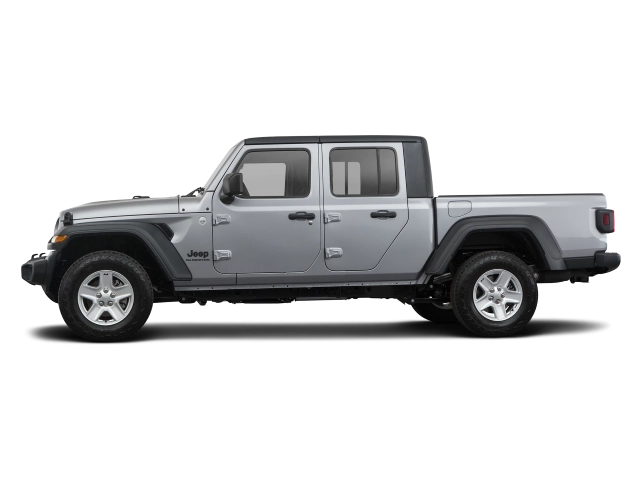2021 Jeep Gladiator Owner's Manual

Table of Contents
2021 Jeep Gladiator Overview
Introduction
The 2021 Jeep Gladiator embodies the perfect blend of rugged off-road capability and modern versatility, proving itself as a capable pickup truck that holds true to the brand's adventurous spirit. Designed for both work and play, this vehicle is equipped with a truck bed for hauling and off-road features to conquer any terrain. The Gladiator continues to uphold the Jeep legacy of adventure, ensuring drivers can explore new paths with confidence.
Powertrains
Under the hood, the 2021 Jeep Gladiator offers a robust powertrain option powered by a 3.6-liter V6 engine, delivering an exhilarating 285 horsepower and 260 lb-ft of torque. Additionally, buyers can opt for a 3.0-liter EcoDiesel V6 engine that produces 260 horsepower and a thumping 442 lb-ft of torque, ensuring improved towing capabilities and fuel efficiency. Each engine is paired with a smooth-sailing 8-speed automatic transmission, providing a seamless driving experience both on highways and rugged trails.
Trims
The Gladiator comes in multiple trims, including the Sport, Sport S, Overland, Rubicon, and Mojave, each designed to cater to different preferences and needs. The higher trims, such as the Rubicon, are equipped with advanced off-road features like rock-crawling capabilities, locking differentials, and specialized suspension systems, making them ideal for hardcore adventurers. Meanwhile, the Overland trim focuses on comfort with added luxuries, including premium audio systems and upgraded interior materials.
Features
Packed with cutting-edge technology, the 2021 Gladiator boasts features such as an intuitive Uconnect infotainment system, which integrates seamlessly with Apple CarPlay and Android Auto. Drivers and passengers will appreciate the available safety features, including adaptive cruise control, blind-spot monitoring, and forward collision warning, enhancing peace of mind on every journey. With removable doors and a foldable windshield, the Gladiator ensures an open-air experience unlike any other.
Owners Manual
The 2021 Jeep Gladiator comes with a comprehensive owner's manual that provides valuable information on maintenance schedules, safety tips, and operational guidance. The manual serves as an essential tool for owners to maximize their driving experience and ensure the longevity of their vehicle. For convenience, it can also be accessed digitally, allowing owners to refer to it anytime, anywhere.
User manual download
The Jeep Gladiator owner manual for the 2021 model year is to be found in PDF downloadable format on this page. The owner manual for the model year 2021 is free and in English, but the repair manuals are usually not easy to get and may cost more.
Manual Questions
Fill the form below and someone will help you!

